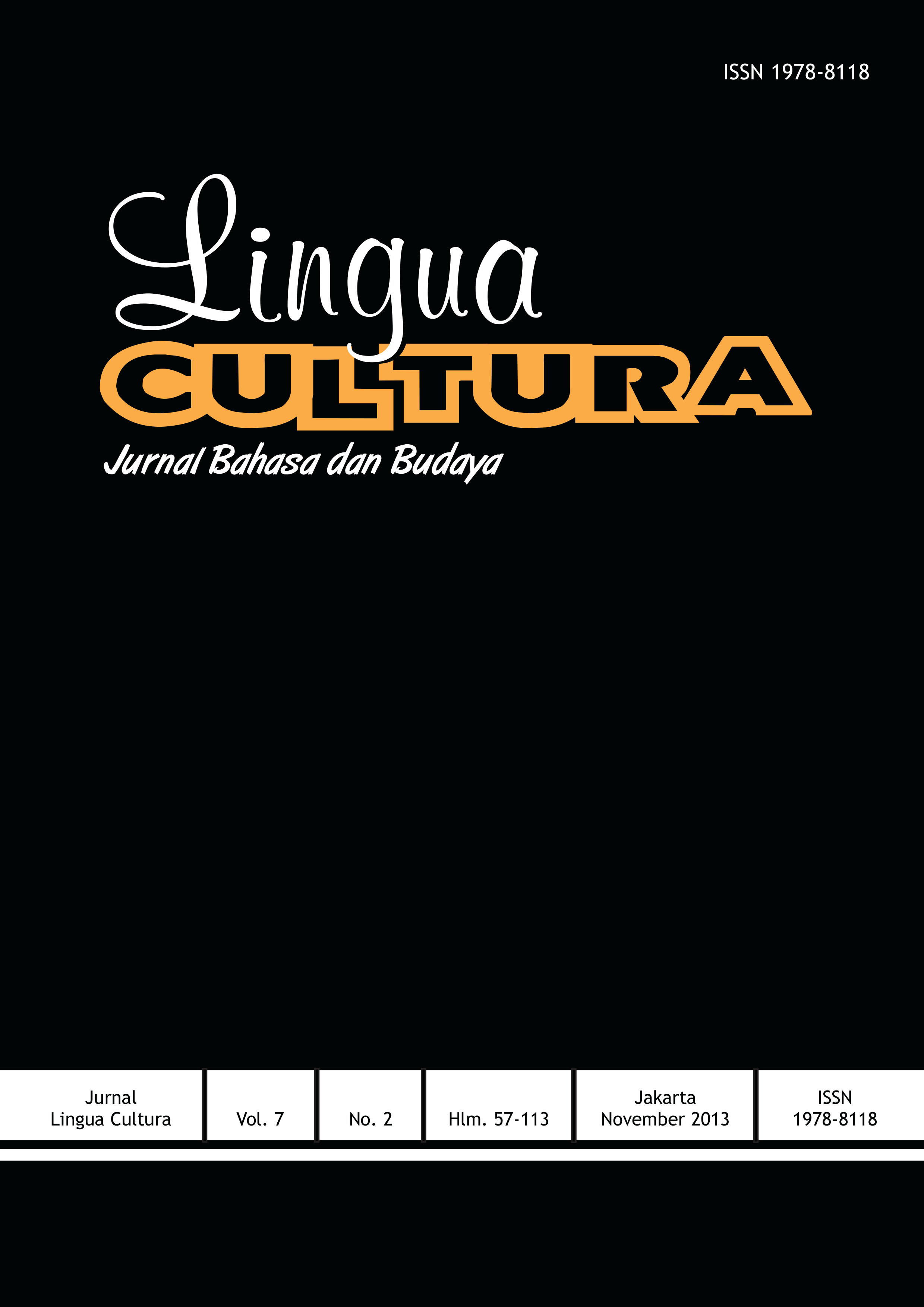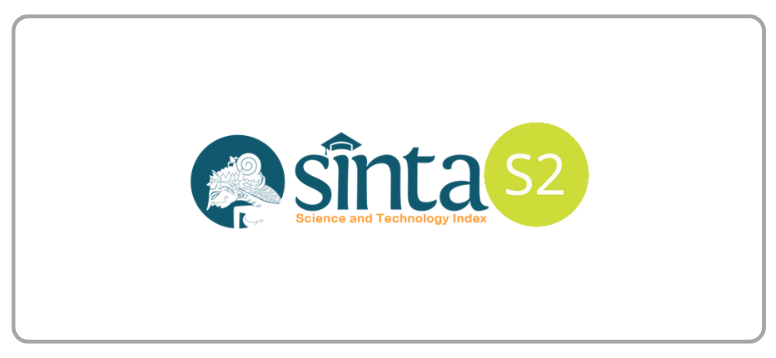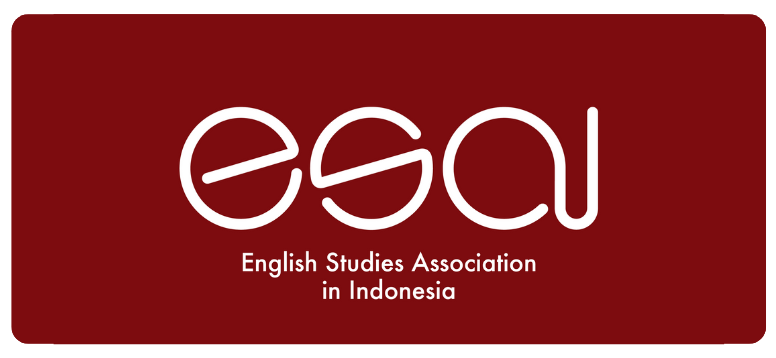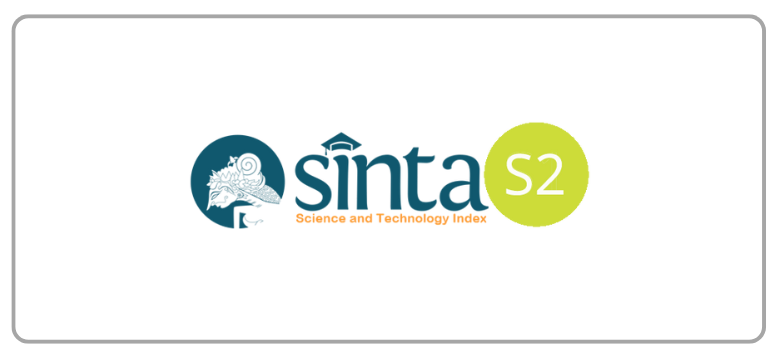Students’ High Achievement on Learning Style Preferences in Chinese Department, Binus University
DOI:
https://doi.org/10.21512/lc.v7i2.422Keywords:
student’s high achievement, learning styles, learning strategies, group styleAbstract
Every student certainly demonstrates different achievement in her/his Chinese language learning process because every student has her/his own individual way to resolve their problems in learning. In learning process, student’s individual differences exist. These differences lead to different learning speed and learning style of the student. The purpose of this study was to investigate the high achievement students’ learning styles. This study was based on Reid’s learning styles theory and also uses Reid’s Perceptual Learning Style Preference Questionnaire (PLSPQ) to investigate student’s learning styles. The main finding of this study is that student’s learning style preference is group style. According to student learning style preferences results, students prefer to learn together with others or in group and learn in a more interactive way.
References
廖康伶.(2008).国ä¸ç”ŸçŸ¥è§‰å¦ä¹ é£Žæ ¼ï¼Œå—汇å¦ä¹ ç–略与å—汇å¦ä¹ æˆå°±ä¹‹ç›¸å…³ç ”究.国立云林 技大å¦æŠ€æœ¯åŠèŒä¸šæ•™è‚²ç ”究所硕士论文.
å½å¦®ä¸. (2011). ä¸åŒå¦ä¹ é£Žæ ¼é©¬æ¥è¥¿äºšæµ·é’生之åŽè¯æ–‡é˜…读/æ•™å¦ç–ç•¥.ä¸åŽŸåŽè¯æ–‡å¦æŠ¥ï¼Œ8, 59–78.
å´è¶Š.(2004).大å¦ç”Ÿå¦ä¹ ç–略与场认知方å¼ã€å¦ä¹ é£Žæ ¼ã€å¦ä¹ 动机以åŠå¦ä¸šæˆå°±å…³ç³»çš„ç ”ç©¶.西示范大å¦ç¡•å£«è®ºæ–‡.
æ¨ç¿¼.(1998).高级汉è¯å¦ä¹ çš„å¦ä¹ ç–略与å¦ä¹ 效果的的关系.世界汉è¯æ•™å¦ï¼Œ1,88–93.
游政男.(2000). å¦ä¹ é£Žæ ¼ä¸Žè¶…åª’ä½“ç½‘é¡µæž¶æž„æ–¹å¼å¯¹å¦ä¹ 钟摆周期之影å“.国立东åŽå¤§å¦æ•™è‚² 究所硕士论文.
Brown, H. D. (2007). 第二è¯æ•™å¦æœ€é«˜æŒ‡å¯¼åŽŸåˆ™(译者:林俊å®). å°åŒ—:å°æ¹¾åŸ¹ç”Ÿæ•™è‚².
Dunn, R. (1983). Learning Style and its Relationto Exceptionality at Both Endsof the Spectrum. Exceptional Children, 49, 496–506.
Dunn, K., &Dunn, R. (1993). Teaching Secondary Students Through Their Individual Learning Styles: Practical Approaches for Grades 7-12. Massachusetts: A Pearson Education Company.
Keefe, J. W. and Jenkins, J. M. (1997). Instruction and the Learning Environment. NY: Eye on Education.
Oxford, R. L.(2003). LearningStyles and Strategies: An Overview. GALA, 1–25.
Reid, J. (1984). Perceptual Learning Styles Preference Questionnaire. In Reid, J. (Ed.), Learning Styles in the ESL/EFL Classroom. Boston: Heinle & Heinle.
Reid, J. (Ed.). (1995). Learning Styles in the ESL/EFL Classroom. Boston: Heinle & Heinle.
Wintergerst, A.C., De Capua, A., and Verna, M. (2003). Conceptualizing Learning Style Modalities for ESL/EFL Students. System, 31, 85–106.
Downloads
Published
How to Cite
Issue
Section
License
Authors who publish with this journal agree to the following terms:
a. Authors retain copyright and grant the journal right of first publication with the work simultaneously licensed under a Creative Commons Attribution License - Share Alike that allows others to share the work with an acknowledgment of the work's authorship and initial publication in this journal.
b. Authors are able to enter into separate, additional contractual arrangements for the non-exclusive distribution of the journal's published version of the work (e.g., post it to an institutional repository or publish it in a book), with an acknowledgment of its initial publication in this journal.
c. Authors are permitted and encouraged to post their work online (e.g., in institutional repositories or on their website) prior to and during the submission process, as it can lead to productive exchanges, as well as earlier and greater citation of published work.
USER RIGHTS
All articles published Open Access will be immediately and permanently free for everyone to read and download. We are continuously working with our author communities to select the best choice of license options, currently being defined for this journal as follows: Creative Commons Attribution-Share Alike (CC BY-SA)


















